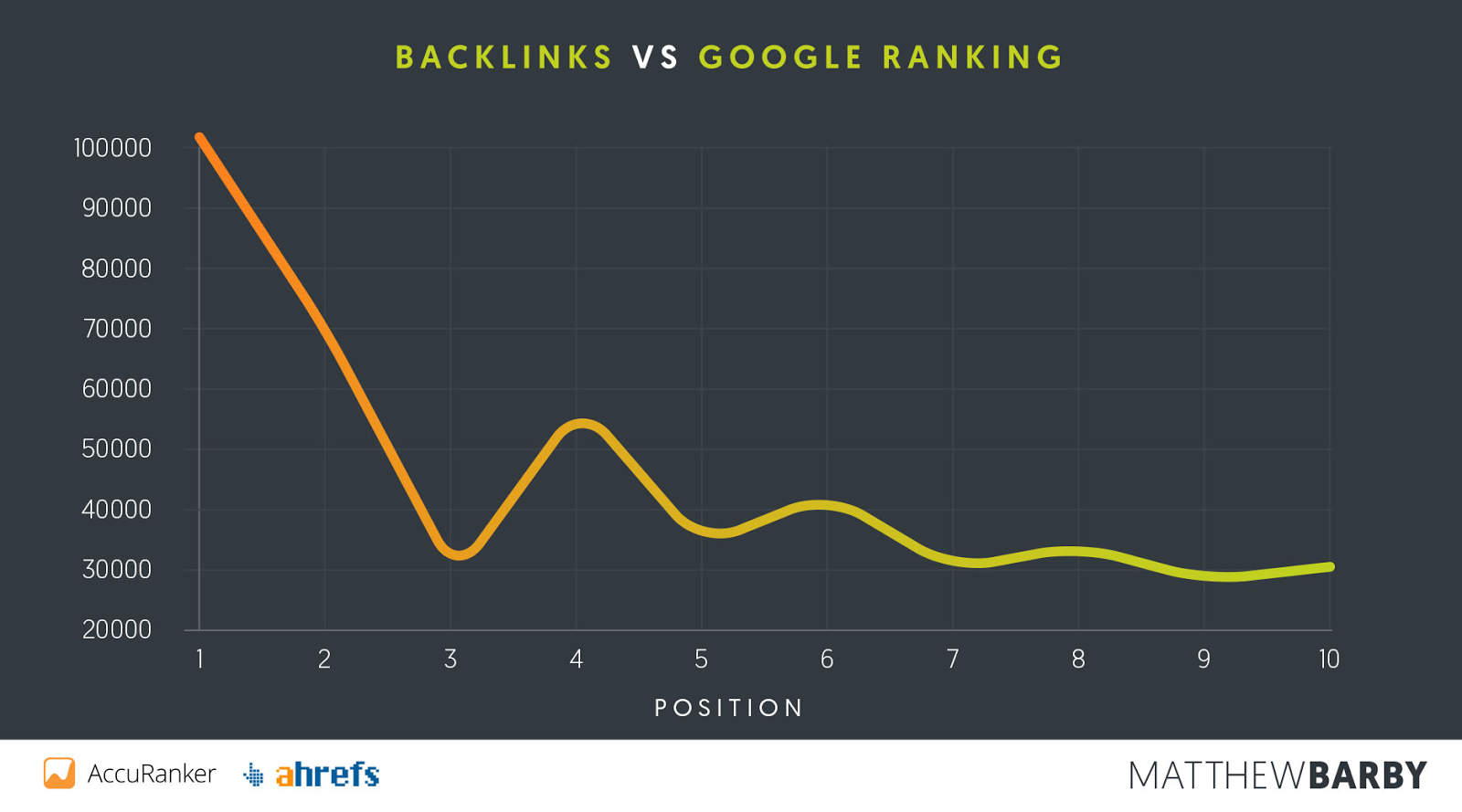All Categories
Featured
Table of Contents
- – Who Is The Leading Nlp For Semantic Seo Company
- – What Is The Most Effective Enhancing Seo With ...
- – Who Is The Top Semantic Seo Checklist Company?
- – What Is The Leading Semantic Seo Ranking Fact...
- – How Do I Find A Semantic Search Engines Serv...
- – Who Is The Premier Semantic Markup In Seo Ma...
- – Who Is The Premier Semantic Seo Techniques C...
The internet is transforming, coming to be a growing number of semantic. Search engine optimization is also changing and coming to be more semantic. This is because internet search engine have actually progressed and are relocating a growing number of in the direction of reviewing web content on the internet. Naturally, that has also altered the means we develop web content, especially if we intend to place far better in the online search engine.
, the pioneer of the Net, mentioned to represent the idea that all things in deep space are deeply interconnected. Intertwingularity is not typically recognized, people keep acting they can make things deeply hierarchical, categorizable and consecutive when they can not. Everything is deeply intertwingled. Based upon the relationships between search objectives, the online search engine likes a content ready by determining the distance between the vectors of meaning.
It allows you to see, beginning from a topic, all the entities that are related to that topic. In this manner you can plainly see which entities/concepts/ideas have currently been covered on your internet site, and you can uncover brand-new opportunities by understanding what material you can include and just how to develop it.
Who Is The Leading Nlp For Semantic Seo Company
It is able to make your material understandable for online search engine on the one hand and for your target market on the other. Structuring your content model highlights your content and its hidden partnerships so that search engines can recognize you amongst numerous items of information, making you more noticeable to customers who meet the search intent pertaining to your business.
In semantic search engine optimization copywriting, an editor begins with a more comprehensive range of subjects and tailors the web content to include semantically relevant terms and phrases that aid viewers understand a subject, similar to reading material in a wiki. From a content composing point of view, one sensible way to do this is to develop a vocabulary of terms and concerns surrounding your target topic.
What Is The Most Effective Enhancing Seo With Semantics On The Market Right Now
Discover extra about by watching the by!.

Semantic search refers to the procedure of exactly how online search engine recognize and match keyword phrases to a searcher's intent in natural search outcomes. Before semantic search, online search engine like Google ran like matchmakersaligning specific words in your question with those specific words on websites. The results were uncomplicated yet typically lacked depth.
Who Is The Top Semantic Seo Checklist Company?
It allows Google to supply fast, exact solutions to look queries concerning real-world topics. When you kind a query word into Google, you're not just entering a sequence of words.
When you look for "Apple," Google doesn't just see a word that explains a fruit. It identifies Apple as a business and can provide associated information. Like the name of its chief executive officer, Tim Cook, or its latest supply costs. Google revealed the Hummingbird upgrade in 2013. It was Google's solution to the increase of voice searches, where questions ended up being more conversational and nuanced.
What Is The Leading Semantic Seo Ranking Factors Service
By integrating NLP, Hummingbird enabled Google to relocate beyond mere keyword matching. It assisted the search engine comprehend search intent, increasing the odds that results would accurately match the factor behind an individual's search.
Making it extra reliable at taking care of never-before-seen search inquiries. RankBrain thinks about more than just search phrases when examining a search inquiry.
It brings outcomes that match the keyword phrases and align with the general intent of providing young puppy training advice. And if the individual often looks for dog-related content, Google could focus on more thorough training guidesrecognizing the customer's ongoing passion in the topic. Combining modern technologies like the Knowledge Graph, Hummingbird, and RankBrain, semantic search helps the Google formula interpret and link data throughout a vast internet of information.
How Do I Find A Semantic Search Engines Service?
The focus changes from keyword option to an alternative method encompassing individual intent, topical relevance, and total user experience. Developing material that addresses the searcher's demands with detailed details can enhance your SERP rankings. Listed below, we lay out the patterns and techniques that settle the requirement for semantically educated content. Later on, we supply workable suggestions to turn these understandings right into best methods.
And sort of web content can best satisfy their needs. A more comprehensive strategy to content aligns better with semantic search's change away from exact key words matching and toward user intent. Which clarifies the boosted concentrate on subject collections, rather than specific keyword phrases. Material that covers search inquiries much more extensively not just pleases customers.
And 5 times more than websites that take 10 seconds to tons. While technological search engine optimization makes sure ideal internet site performance and access, concentrating on customer experience (UX) takes it an action better. UX intends to create a visually enticing, straightforward user interface with appealing, top quality content that encourages site visitors to remain. Semantic search technology enables search engines to go for outcomes that provide the ideal feasible UX.
Who Is The Premier Semantic Markup In Seo Manufacturer

All display Google's capability to address a topic inquiry adequately. By understanding the context and intent behind individual questions, search engines can deliver more pertinent details and potentially boost individual engagement. Personalization in search engine result makes for far better UX.Based on your past search history and preferences as a user, semantic search assists online search engine tailor the results to match your special needs and interests.
It fetches results that match the key words and line up with the total intent of offering young puppy training suggestions. And if the individual often looks for dog-related content, Google might prioritize much more thorough training guidesrecognizing the user's recurring rate of interest in the topic. Integrating technologies like the Expertise Chart, Hummingbird, and RankBrain, semantic search assists the Google algorithm analyze and connect information throughout a vast web of information.
Who Is The Premier Semantic Seo Techniques Company
The emphasis shifts from keyword selection to an alternative approach incorporating user intent, topical significance, and general individual experience. Producing content that deals with the searcher's demands with detailed information can boost your SERP positions.

And type of material can best please their needs. A more comprehensive approach to content aligns better with semantic search's shift away from specific key words matching and towards customer intent. Which describes the increased concentrate on subject collections, instead of private search phrases. Content that covers search inquiries better not only satisfies individuals.
UX intends to produce an aesthetically appealing, straightforward user interface with engaging, quality content that motivates site visitors to remain. Semantic search innovation enables search engines to aim for outcomes that supply the finest feasible UX.
All display Google's ability to deal with a subject query adequately. By recognizing the context and intent behind user inquiries, online search engine can deliver a lot more relevant information and possibly enhance individual involvement. Customization in search results page makes for far better UX.Based on your past search background and preferences as a customer, semantic search helps internet search engine customize the outcomes to suit your distinct demands and rate of interests.
Table of Contents
- – Who Is The Leading Nlp For Semantic Seo Company
- – What Is The Most Effective Enhancing Seo With ...
- – Who Is The Top Semantic Seo Checklist Company?
- – What Is The Leading Semantic Seo Ranking Fact...
- – How Do I Find A Semantic Search Engines Serv...
- – Who Is The Premier Semantic Markup In Seo Ma...
- – Who Is The Premier Semantic Seo Techniques C...
Latest Posts
Top Best Semantic Seo Tools Deals Near Me
What Is The Most Reliable Best Semantic Seo Tools Brand
Who Is The Leading Semantic Seo Tutorials Company
More
Latest Posts
Top Best Semantic Seo Tools Deals Near Me
What Is The Most Reliable Best Semantic Seo Tools Brand
Who Is The Leading Semantic Seo Tutorials Company